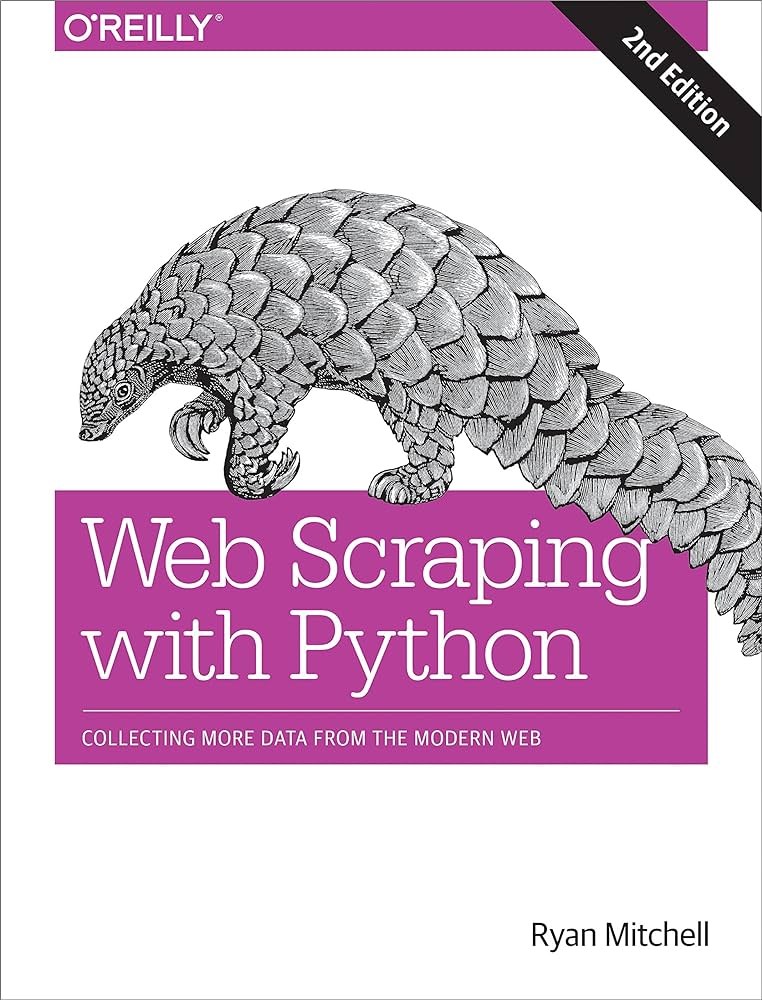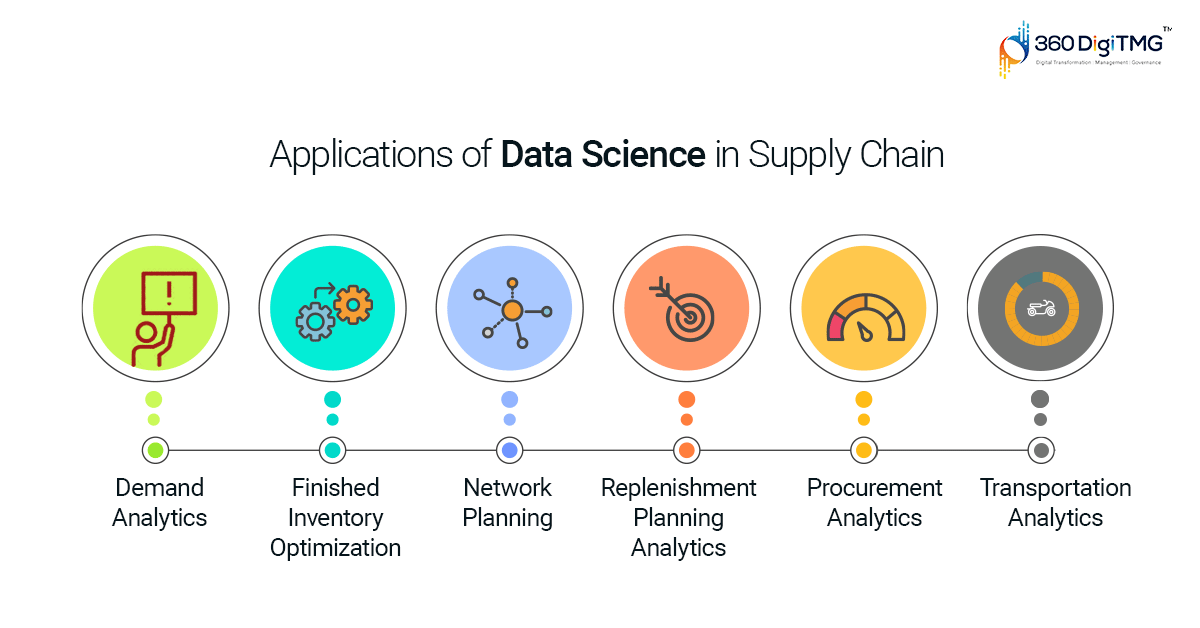In the digital age, data is king. Whether you’re a data scientist, a business analyst, or just a curious individual, you can find valuable information scattered across the internet. But how do you gather this data efficiently? That’s where web scraping with Python comes into play. In this blog post, we’ll explore the fascinating world of web scraping, uncover its potential applications, and guide you through the process of collecting data from the web.
Understanding Web Scraping
What is Web Scraping?
Web scraping is the process of extracting data from websites. It involves fetching web pages, parsing the HTML content, and extracting specific information of interest. This information can be anything from text and images to structured data like prices, reviews, or contact details. Web scraping is an essential skill for anyone who needs to gather data from the vast ocean of online resources efficiently.
Python: The Perfect Tool for Web Scraping
Python has emerged as the go-to programming language for web scraping, and for good reason. Its simplicity, readability, and an abundance of libraries make it an ideal choice for beginners and experienced developers alike. Two of the most popular Python libraries for web scraping are Beautiful Soup and Requests. Let’s take a closer look at these powerful tools.
Beautiful Soup
Beautiful Soup is a Python library that simplifies parsing HTML and XML documents. It creates a parse tree from page source code that can be used to extract data easily. With its intuitive syntax and robust features, Beautiful Soup streamlines the process of navigating through web page elements.
Requests
The Requests library in Python is essential for making HTTP requests to web pages. It allows you to send GET and POST requests to retrieve web content and interact with web servers. Combined with Beautiful Soup, Requests forms a dynamic duo for web scraping tasks.
The Art of Web Scraping
Identifying Your Target
Before diving into web scraping, it’s crucial to identify your target website and the specific data you want to extract. Ask yourself questions like:
What information do I need?
Which website(s) contain this information?
Is the website’s structure consistent, or does it vary?
Are there any legal or ethical considerations for scraping this data?
Reading and Parsing HTML
Web pages are written in HTML (Hypertext Markup Language), a structured language that defines the content and layout of a web page. To extract data from a web page, you’ll need to fetch its HTML code and then parse it using a library like Beautiful Soup. Here’s a simplified example of how it works:
python
Copy code
import requests
from bs4 import BeautifulSoup
Send a GET request to the website
response = requests.get(“https://example.com”)
Parse the HTML content of the page
soup = BeautifulSoup(response.text, “html.parser”)
Extract specific data
title = soup.title.text
paragraphs = soup.find_all(“p”)
print(“Title:”, title)
print(“Number of paragraphs:”, len(paragraphs))
Handling Dynamic Content
Not all web pages are static. Many modern websites use JavaScript to load content dynamically. When scraping such pages, you may need to employ more advanced techniques. One common approach is to use headless browsers like Selenium, which can interact with web pages just like a human user.
Best Practices and Ethics
Web scraping can be a powerful tool, but it’s essential to use it responsibly and ethically. Always check a website’s terms of service and robots.txt file to ensure you are not violating any rules or causing harm. Avoid overloading a website with requests, as this can disrupt its normal operation.
Practical Applications
Web scraping has a wide range of practical applications across various industries. Here are a few examples:
E-commerce Price Monitoring
If you’re an online shopper looking for the best deals, web scraping can help you monitor prices across multiple e-commerce websites. You can set up automated scrapers to track price changes and notify you when a product’s price drops.
Market Research
Businesses can use web scraping to gather data on competitors, customer reviews, and market trends. This information can inform pricing strategies, product development, and marketing campaigns.
News Aggregation
News organizations can use web scraping to collect and curate news articles from various sources. This automated process ensures a constant flow of fresh content for readers.
Real Estate Listings
For house hunters, web scraping can streamline the process of finding real estate listings. Scrapers can collect data on available properties, prices, and location information, allowing buyers to make informed decisions.
Conclusion
Web scraping with Python is a valuable skill that empowers you to harness the immense amount of data available on the internet. Whether you’re a data scientist, a business owner, or just a curious individual, web scraping can provide you with the information you need to make informed decisions and gain valuable insights. As you embark on your web scraping journey, remember to use your newfound powers responsibly and ethically, respecting the websites you scrape and the data you collect. Happy scraping!
In this blog post, we’ve only scratched the surface of web scraping with Python. There’s much more to explore, from advanced techniques to real-world projects. So, roll up your sleeves, dive into the documentation, and start scraping the web for the data that matters to you!




